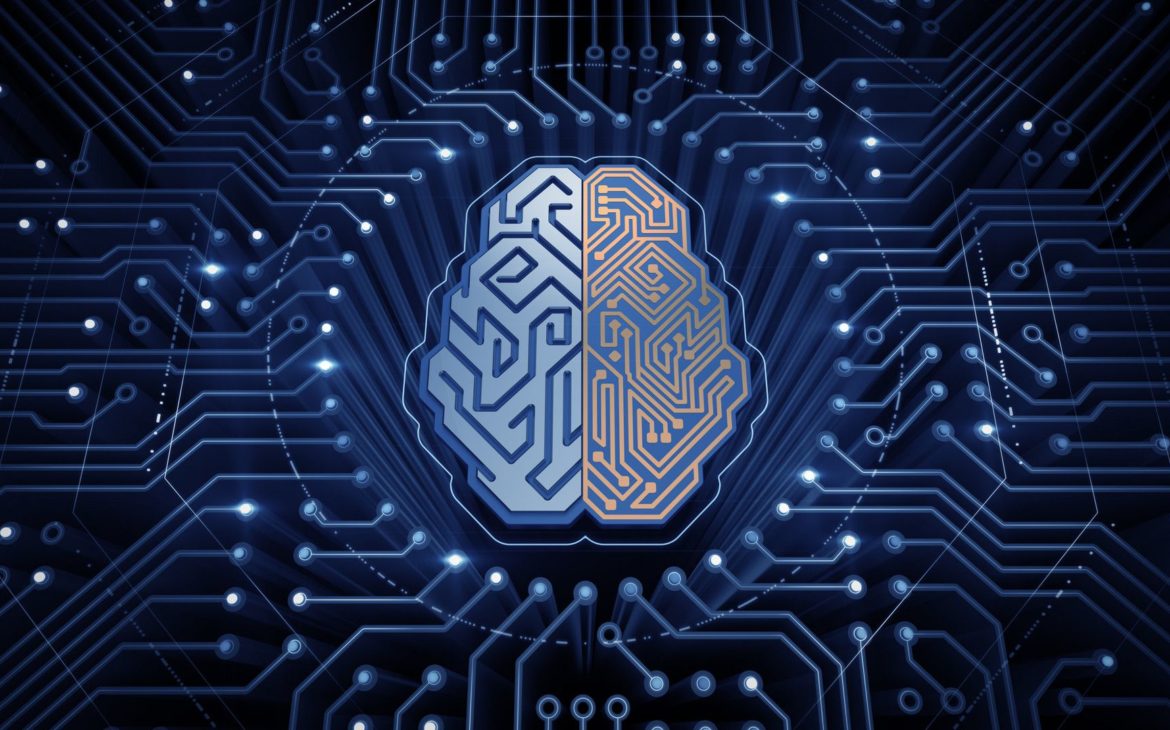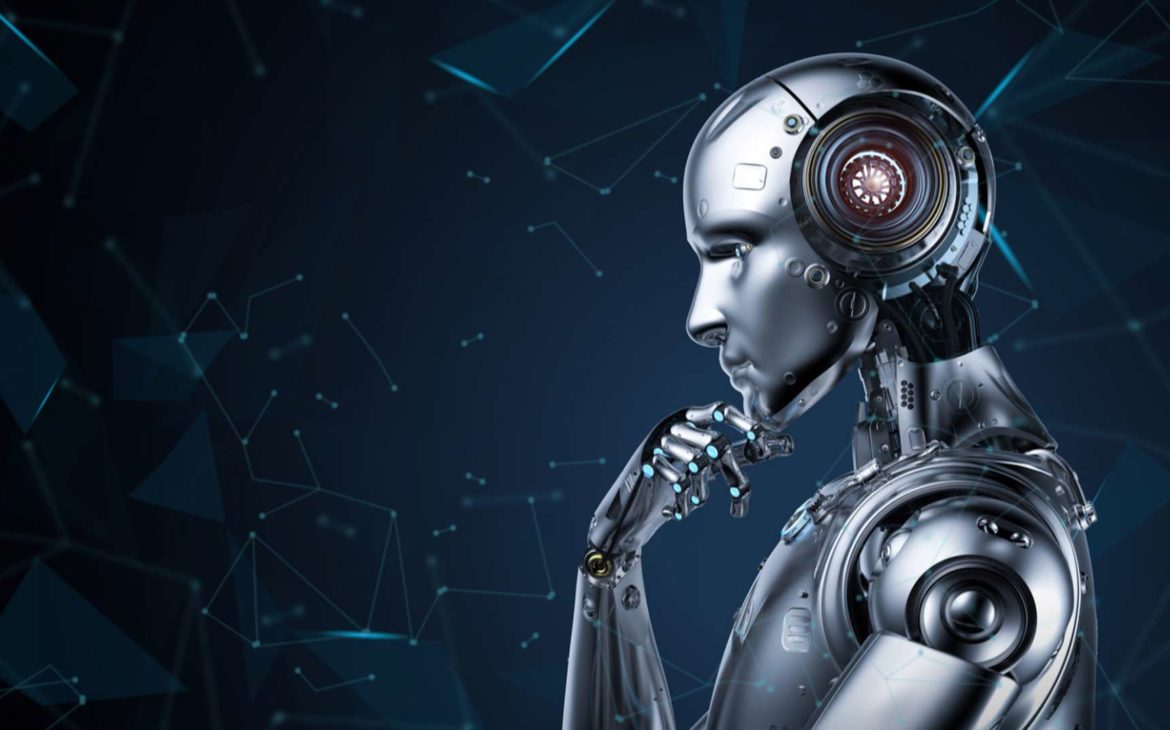In a world where nearly all manual processes are automated, the concept of manual is changing. Computers can use Machine Learning algorithms to help them play chess, do surgery, and improve their intelligence and personalization.
We live in a time of ongoing technological advancement, and by looking at how computers have progressed over time, we can forecast what’s to come in the future.
The democratization of computer tools and procedures is one of the most remarkable characteristics of this revolution. Data scientists have constructed sophisticated data-crunching machines in the previous five years by executing new operations with ease. The results have been spectacular.
There are four types of machine learning algorithms:
- Supervised and
- Unsupervised Learning
- Semi-supervised Learning
- Reinforcement Learning
These four, however, are further divided into categories.
List of 10 Popular Machine Learning Algorithms
-
Linear Regression
To understand how this method works, consider how would you arrange random logs of wood in increasing weight order. Keeping in mind that you know about the slang: you can’t weigh each log individually. Based on the log’s height and girth (visual analysis), you must estimate its weight and arrange it based on a combination of these visible characteristics. This is how linear regression and machine learning work together.
A relationship between independent and dependent variables is established by fitting them to a line in this method. The regression line is defined as Y= a *X + b and is represented by a linear equation.
Where in the equation :
Y – Dependent Variable, a – Slope, X – Independent variable, b – Intercept
By minimizing the sum of the squared difference of distance between data points and the regression line, coefficients a and b are obtained.
-
Logistic Regression
From a set of independent variables, logistic regression is used to estimate discrete values (typically binary values like 0/1). By fitting data to a logit function, it aids in predicting the probability of an event. It’s sometimes referred to as logit regression.
These strategies are frequently used to aid in the improvement of logistic regression models:
- include interaction terms
- eliminate features
- regularize techniques
- use a non-linear model
-
Decision Tree
The Decision Tree method is a supervised learning methodology for classifying situations and is one of the most extensively used machine learning algorithms today. It can be used to categorize both continuous and categorical dependent variables. Using this method, we split the population into two or more homogeneous groups based on the most essential characteristics/independent variables.
-
SVM (Support Vector Machine) Algorithm
Raw data is represented as points in n-dimensional space using the SVM algorithm, which is a classification approach (where n is the number of features you have). The value of each attribute is then connected to a given coordinate, simplifying data classification. Lines that can be used to split data and put it on a graph are known as classifiers.
-
Naive Bayes Algorithm
A Naive Bayes classifier assumes that the presence of one feature in a class is unrelated to the presence of any other feature.
Even though these traits are linked, a Naive Bayes classifier would look at each one separately when assessing the likelihood of a certain outcome.
The construction of a Naive Bayesian model is easy, and it may be used to analyze enormous datasets. It’s simple to use and has been shown to outperform even the most complicated categorization systems.
-
KNN (K- Nearest Neighbors) Algorithm
This approach can be used to solve problems in both classification and regression. It appears to be increasingly extensively employed to tackle classification difficulties within the Data Science business. It’s a straightforward algorithm that saves all existing examples and classifies any new ones based on the votes of its k neighbors. The case is then placed to the class that shares the most similarities with it. This measurement is carried out via a distance function.
When comparing KNN to real life, it becomes clear. For example, if you want to learn more about a person, you should speak with his or her friends and coworkers!
Before choosing on the K Nearest Neighbors Algorithm, consider the following factors:
- The KNN algorithm is computationally intensive.
- Higher range variables should be normalized, else the method will be skewed.
- Pre-processing of data is still required.
-
K-Means
It’s an unsupervised learning algorithm for clustering problems. All data points within each cluster are homogeneous and separate from data in other clusters, so data sets are partitioned into a particular number of clusters (let’s call it K).
-
Random Forest Algorithm
A Random Forest is a set of decision trees arranged in random order. In order to classify a new item based on its properties, each tree is classified, and each tree “votes” for that class. The classification with the highest votes is chosen by the forest (over all the trees in the forest).
-
Dimensionality Reduction Algorithms
In today’s climate, corporations, government agencies, and research organizations all store and analyze vast amounts of data. As a data scientist, you know that raw data has a wealth of information; the difficulty is identifying relevant patterns and variables.
Dimensionality reduction approaches such as Decision Tree, Factor Analysis, Missing Value Ratio, and Random Forest might assist you in identifying important features.
-
Gradient Boosting Algorithm and AdaBoosting Algorithm
When huge amounts of data must be analyzed in order to make accurate predictions, several boosting techniques are used. Boosting is an ensemble learning technique for increasing resilience by combining the predictive power of many base estimators.
To put it another way, it combines a number of weak or mediocre forecasters to form a powerful predictor. These boosting algorithms regularly score well in data science competitions like Kaggle, AV Hackathon, and CrowdAnalytix. These are the most widely used machine learning algorithms nowadays. To get perfect and precise results, use them in conjunction with Python and R Codes.
So, these are 10 Popular Machine Learning Algorithms used by Data Scientists.
Must Read : Industries Disrupted by AI in 2022





